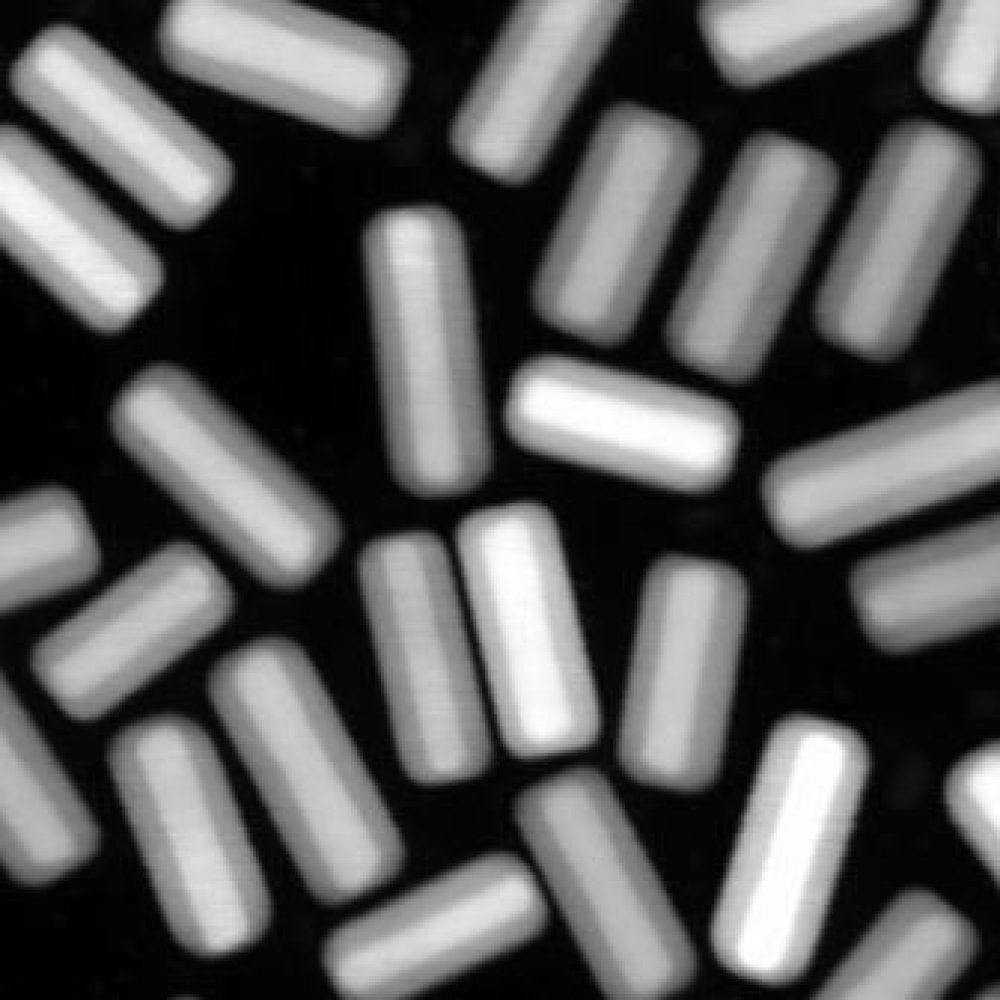

The numerous applications and limited supply sources result in considerable investment interest. Recycling is also a source, mostly from scrapped catalytic converters. The most extensive deposits have been found in the norite belt of the Bushveld Igneous Complex covering the Transvaal Basin in South Africa, the Stillwater Complex in Montana, United States the Sudbury Basin and Thunder Bay District of Ontario, Canada, and the Norilsk Complex in Russia. Ore deposits of palladium and other PGMs are rare. Palladium is a key component of fuel cells, in which hydrogen and oxygen react to produce electricity, heat, and water. Palladium is also used in electronics, dentistry, medicine, hydrogen purification, chemical applications, groundwater treatment, and jewelry. More than half the supply of palladium and its congener platinum is used in catalytic converters, which convert as much as 90% of the harmful gases in automobile exhaust ( hydrocarbons, carbon monoxide, and nitrogen dioxide) into nontoxic substances ( nitrogen, carbon dioxide and water vapor). They have similar chemical properties, but palladium has the lowest melting point and is the least dense of them. Palladium, platinum, rhodium, ruthenium, iridium and osmium form a group of elements referred to as the platinum group metals (PGMs). He named it after the asteroid Pallas, which was itself named after the epithet of the Greek goddess Athena, acquired by her when she slew Pallas. It is a rare and lustrous silvery-white metal discovered in 1803 by the English chemist William Hyde Wollaston. Catalytic crotyl alcohol oxidation measurements were done which validated that the in situ reduction of Pd(II) in the presence of Au nanoparticles did indeed result in catalytically active AuPd bimetallic catalysts.Palladium is a chemical element with the symbol Pd and atomic number 46. XAS measurements definitively show that the first step of this reaction involves Pd reduction onto the Au nanoparticles in addition, further studies of the stability of the resulting Au–Pd core–shell nanoparticles toward oxygen gas suggests that the role of Au in such catalysts is to prevent the reoxidation of the catalytically active surface Pd atoms.
#Gold palladium core shell nanoparticles windows
Liquid cells with X-ray permeable windows were used to obtain quick-scan XAS data during the oxidation of crotyl alcohol, allowing for time-resolved Pd speciation information and information about the reaction mechanism and kinetics. Herein we show an in situ X-ray absorption spectroscopy (XAS) study at both the Pd–K and Pd-LIII edges of Au nanoparticle/Pd(II) salt solutions in the presence of crotyl alcohol. Previously we showed that Pd(II) salts in the presence of Au nanoparticles were also effective catalysts for the room temperature oxidation of crotyl alcohol. However, the novel activity and durability of such catalysts are still poorly understood, and there are several putative mechanisms by which oxidation reactions can proceed.

Gold–palladium core–shell nanoparticles have been previously shown to be extremely effective catalysts for a number of oxidation reactions including the aerobic oxidation of alcohols.


 0 kommentar(er)
0 kommentar(er)
